|
The European Economy: An Introduction
I. The History of European Integration A. Prehistory:- 1. 1834, Prussia unites Germany with customs union, Zollverein. 2. 1897, Austrian Count Guluchowski proposes European protectionism. 3. 1929-30, Aristide Briand of France, after WWI, proposed a “federal link” and a "common market." B. Postwar 1944 Benelux customs union 1945 Gaullist "Europe of sovereign states" vs Federalist (led by Jean Monnet) “United States of Europe.” Robert Marjolin: Europe must "adopt American methods of production and organization, duplicate American economies of scale," and create "a vast European market, comparable to the American market."
1948-1952,
Marshall Plan
provided about $14 billion ($150 billion in today's prices) to
support reconstruction, requiring European cooperation.
Organization for European Economic Cooperation (OEEC) was
created in 1948 with 18 all-European member countries
(including the UK and Turkey) to distribute the aid. In 1961,
it was transformed into the Organization for Economic
Cooperation and Development (OECD) with the European members
plus the U.S. and Canada, and it has grown to include 37
countries today from all major regions of the world. 1951 European Coal and Steel Community (ECSC) among the Six. Members quickly increased steel production by 50 percent. 1957-58 Treaties of Rome created European Economic Community (EEC) to develop a customs union for industrial products and Common Agricultural Policy (CAP). 1960 UK, Austria, Denmark, Norway, Portugal, Sweden, and Switzerland (and later with Finland and Iceland) establish European Free Trade Association (EFTA). 1961 and 1969 The UK applied for EEC membership, but vetoed by French President de Gaulle both times before his death in 1970. 1973 EEC enlargement begins with UK, Denmark and Ireland 1974 Creation of European Council and elections for European Parliament 1980-84, "Europessimism" 1985 White Paper, "Completing the Internal Market" with goals for 1992 1987-1988, Single European Act (SEA) and Cecchini Report 1991 Maastricht Treaty adopted Delors Report, established a timetable for implementation, and called for adoption of single currency 1993 Maastricht ratified by members, European Union (EU) established on three "pillars": (1) economic and social, supranational (2) foreign policy and regional security, intergovernmental (3) justice and home affairs, intergovernmental. 1995 Austria, Finland, and Sweden become members. Norway declines. 1998-1999 Accession negotiations began with the Czech Republic, Estonia, Hungary, Poland, Slovenia, and Cyprus; and then with Bulgaria, Latvia, Lithuania, Romania, Slovak Republic, and Malta, and Turkey was accepted as a full candidate. 2000 Intergovernmental Conference (IGC) in Nice outlined a new structure of governance for the enlarged EU 2002 Euro introduced 2004 Ten countries joined EU (Cyprus, the Czech Republic, Estonia, Hungary, Latvia, Lithuania, Malta, Poland, Slovakia, and Slovenia) and Turkey became a candidate. National leaders agreed on Constitution draft, requires approval in national referenda. 2007 Bulgaria and Romania are members. 2009 Lisbon Treaty came into force, reforming EU institutions and creating an EU President and Foreign Minister. 2013 In July, Croatia became 28th member. Albania, Iceland, Macedonia, Montenegro, Serbia, and Turkey are official candidates. 2016 (June) Brexit vote, calling for In a national referendum in the UK, 51.9% supported leaving the EU. This was scheduled to happen on March 29, 2019, but finally led to UK departure (with a "deal") on December 31, 2020. 2020 (March) Even as Covid was
spreading across Europe, all 27 of the EU member states agreed
that the EU could open negotiations with North Macedonia and
Albania on those countries’ potential membership. In 2019,
both countries had been prevented from opening these
negotiations by France and a small number of other EU member
states that wanted to see major reforms within the European
Union before it began to add new members. 2021-2022: A Council on the Future of Europe began in 2021 and was supposed to complete its work by May, 2022, providing an opportunity for individual Europeans and social groups to debate the EU actions on the environment, health, immigration, etc, etc. The work of this Council apparently was interrupted indefinitely by the Russian invasion of Ukraine on February 24, 2022. 2022
After the Russian invasion, the EU accepted Ukraine and
Moldova into candidate member status and accepted an
application from Georgia, saying that Georgia will be
elevated to candidate status after it "addresses some
problems." Europe, of course, is playing a very active role
in support of Ukraine.
II. European Institutions European Council: Heads of state, chaired by the President of the European Council. Meets at least 4 times/year. European Commission: The principal executive body of the European Union with 27 members (since Brexit), one appointed by each member country) for four-year terms, overseeing the work of about 25,000 civil servants. Proposes new European legislation enacted by the European Parliament and the Council of the European Union. Council of the European Union (formerly known as EU Council of Ministers): One minister-level official from each country (27 now) attends each meeting according to subject. Together with Parliament, the Council adopts EU legislation through regulations and directives and prepares decisions and non-binding recommendations.
European Parliament:
705
elected Members European Court of Justice: Reviews the legality of acts of the EU institutions and decides whether Member States have fulfilled their obligations. EU
Economic
and Social Committee:
329
advisory members, representing employers, workers (unions),
and other interest groups, calls itself "the Home of Europe's
Organized Civil Society." (more information) III. The Economics of the Single European Market A. Trade creation and diversion (review Chapter 3). Evidence of net trade creation; trade diversion was primarily caused by the Common Agricultural Policy. B. Physical Barriers Cecchini Report - border delays and paperwork imposed a direct cost of some $10 billion/year. 1985 Schengen Group, slowly expanded borderless travel. Now includes all existing EU countries except Bulgaria, Cyprus, Ireland, and Romania, and also includes non-EU-members Iceland, Norway, and Switzerland. C. Technical Barriers 1. Harmonization of standards. That is, the EC would attempt to formulate 2. Started with mutual recognition of standards and harmonization of "essential health and safety requirements which will be obligatory in all Member States." 3. 1987 SEA - qualified majority vote D. Fiscal Barriers - VAT Harmonization E. Benefits and Costs of a Single Market 1. direct cost reductions 2. competitive cost reduction. 3. economies of scale. 4. transitional unemployment and other adjustment costs 5. Influence on external countries.
IV. Common Agricultural Policy A. Launched in 1962, creation was based on national interests. B. Essentials 1. For many years, farmer's incomes were supported by holding agricultural prices at high levels. 2. Opened internal markets and maintained uniform internal prices. 3. Protected European agricultural market from import competition with a system of variable levies. 4. Export subsidies to ensure that European farmers can compete on external markets. C. Was more difficult to administer before single currency -- one of the reasons for the Euro. D. Reform 1. Cost, magnified by enlargement 2. GATT/WTO
3.
Beginning
in 1992, price supports were gradually replaced by direct
income support for farmers, but price supports continue to
play a bigger role in farm policy than in the U.S.
The CAP also finances investments in agricultural
infrastructure for development. Over all, the CAP absorbs
more than 1/3 of the total EU budget. 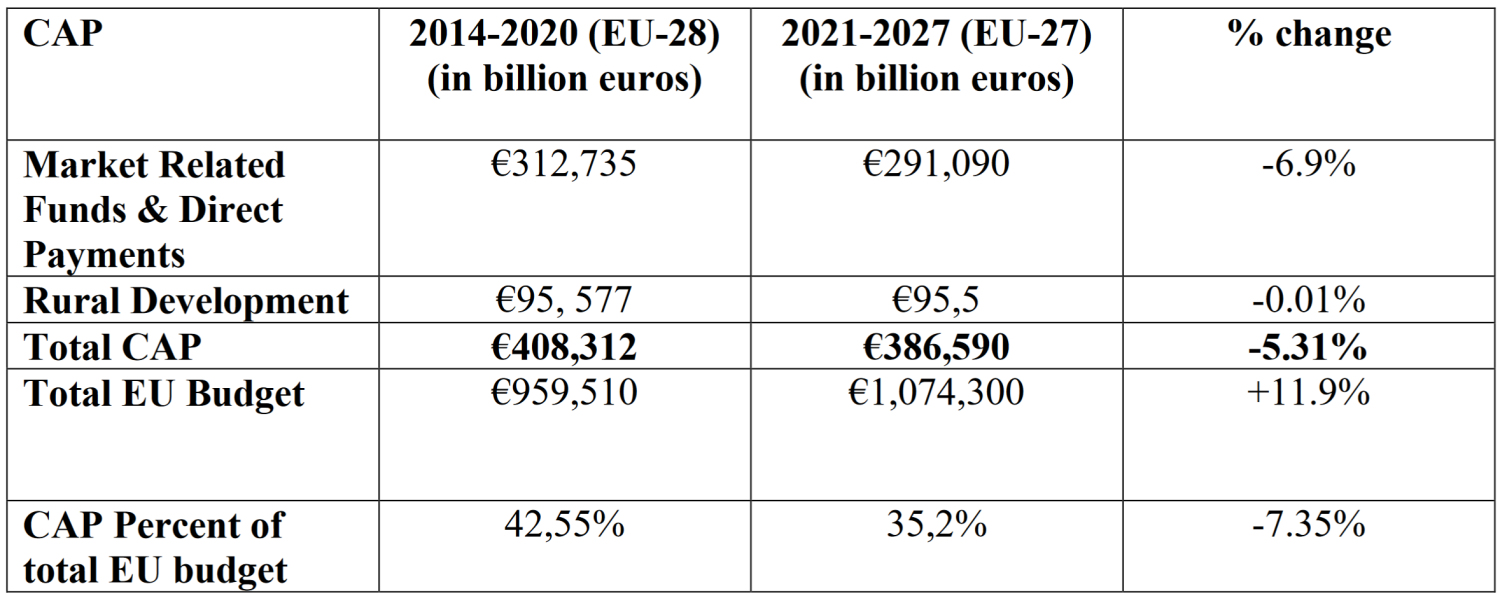
V. Monetary Unification A. History 1958 Jean Monnet proposed creation of a European Bank and Reserve Fund, a "common financial policy." EC formed a Monetary Committee 1969 Werner Report called for gradual reduction of exchange rate fluctuations among member countries, leading to full monetary union. 1972 Joint Float Agreement, created European Snake 1979 The European Monetary System (EMS) introduced European Currency Unit (ECU) and Exchange Rate Mechanism (ERM), to enable its members to fulfill the region's monetary goals. Monetary growth rates and inflation rates converged toward low German levels, less variable, but with higher unemployment rate. 1989 Delors Report - three-stage program for monetary union. Stage one, it said, would begin in 1990, and would include three major objectives: (1) efforts would be made to include all the Community currencies in the ERM, (2) EU members would remove all restrictions on international movements of capital, and (3) central bank governors would play a more active role in coordination of economic policies, devoting special attention to harmonization of inflation rates. 1991-1993 - Maastricht Treaty negotiated and ratified. Adopted three-stages of Delors report, but added details. Stage two, it said, would begin in 1994, and member states expected to (1) give independence to their individual central banks, and (2) create European Monetary Institute (EMI). In third and final stage: (1) EMS transformed into European Monetary Union (EMU), based on irrevocably fixed exchange rates and eventual adoption of a single currency; and (2) EMI becomes supranational European Central Bank (ECB. Timing dependent on convergence criteria. April 1998 Eleven certified for adoption of Euro. The Six plus Austria, Finland, Ireland, Portugal, Spain (Fifteen minus Denmark, Greece, Sweden, UK). January 1999 Irrevocable bilateral conversion rates; Euro used in bank operations; prices in stores quoted in both Euro and national currency; individuals have checking accounts in Euros, and used for payments between countries w/o conversion fee. 2002 Introduced Euro currency and withdrawal of national currencies
Pro: Seigniorage Trade efficiency Depth of capital markets Diversification of reserve currencies
Con: National sovereignty—no independent monetary policy; limits on fiscal policy Optimal currency area? Labor mobility, interest rates, and asymmetric shocks. Stability of the Euro—The Euro exchange rate dropped immediately after its issue, appreciated until the Great Recession of 2008, and has returned closer to its starting point since then.
VI. EU Enlargement and the Future of Europe A. Changing nature of EU B. Now, 27 members (see list above) C. Politics versus economics D. Importance of CAP
Road
to the Lisbon Treaty
December 2000: Initial agreement on Nice Treaty, which was ratified by national parliaments, and entered force in 2003. Adjusted representation of old and new members on Commission and Parliament. Called for qualified majority voting (QMV) to be expanded to include appointments of EU leaders and some other internal institutional issues. France wanted to expand QMV further to cover social security, taxation, and security issues, but the U.K. and others refused.
2001-2003 Convention on the Future of Europe, chaired by former French president Valéry Giscard d'Estaing, drafted a European Constitution, calling for a stronger EU President and Minister of Foreign Affairs, expanded breadth of QMV, primacy of European law over national law, and a Charter of Human Rights.
2005: Referenda on new constitution. Spain (with 77% majority) was the first of 15 countries to ratify the Constitution, but it was rejected by France and the Netherlands. Approval required unanimity, so this created a "crisis."
June 2007: Germany, headed by Chancellor Angela Merkel, pressed for new treaty to replace the failed Constitution. The resulting European Reform Treaty included some provisions of the failed Constitution, but cut it from 63,000 words in 448 articles to 12,800 in 70 articles, removing many of the symbols of European nationhood.
October and December, 2007: Treaty approved by European Council and signed by heads of state, both in Lisbon (so now it's known as the Lisbon Treaty). Poland won a right for small groups of countries to delay EU decisions on which they are narrowly outvoted. To enter force, the Treaty had to be ratified by all Member States.
2009: Ireland ratifies the Treaty in
its 2nd attempt. Czechs were last to ratify, so the Lisbon Treaty entered force in
12/2009.
Provisions of Lisbon Treaty:
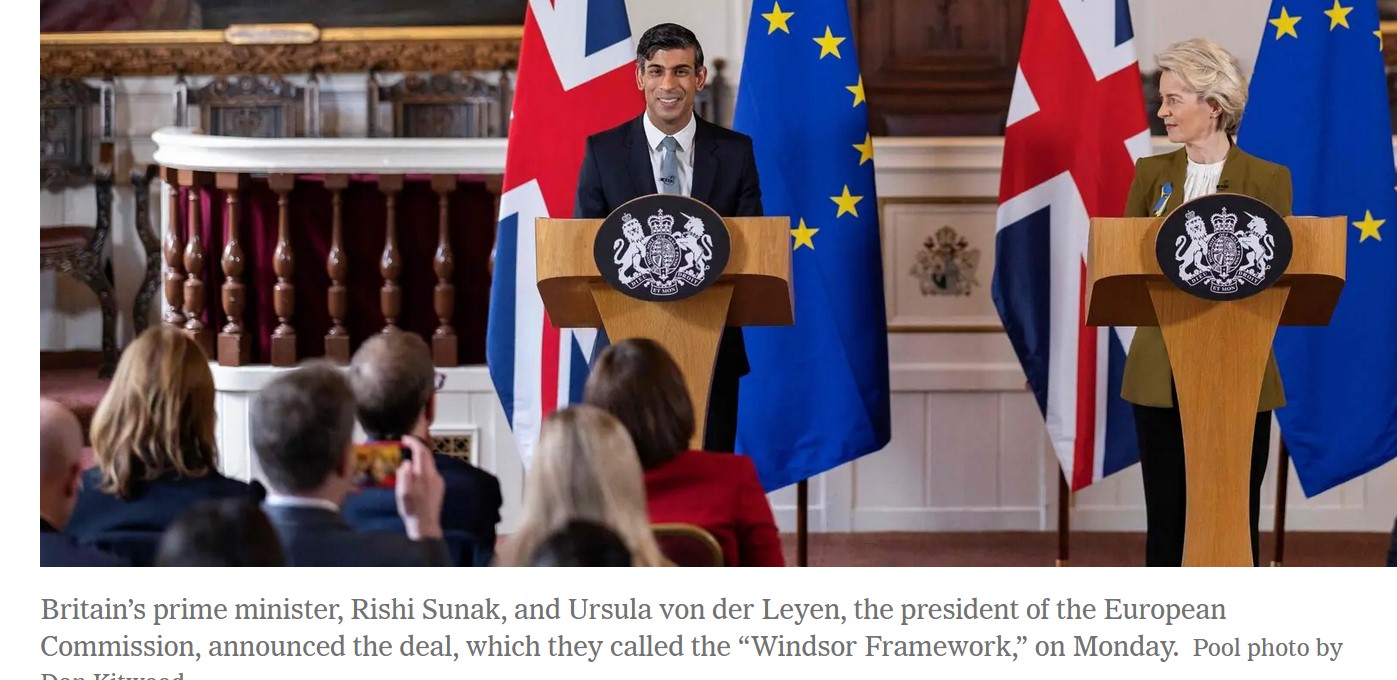
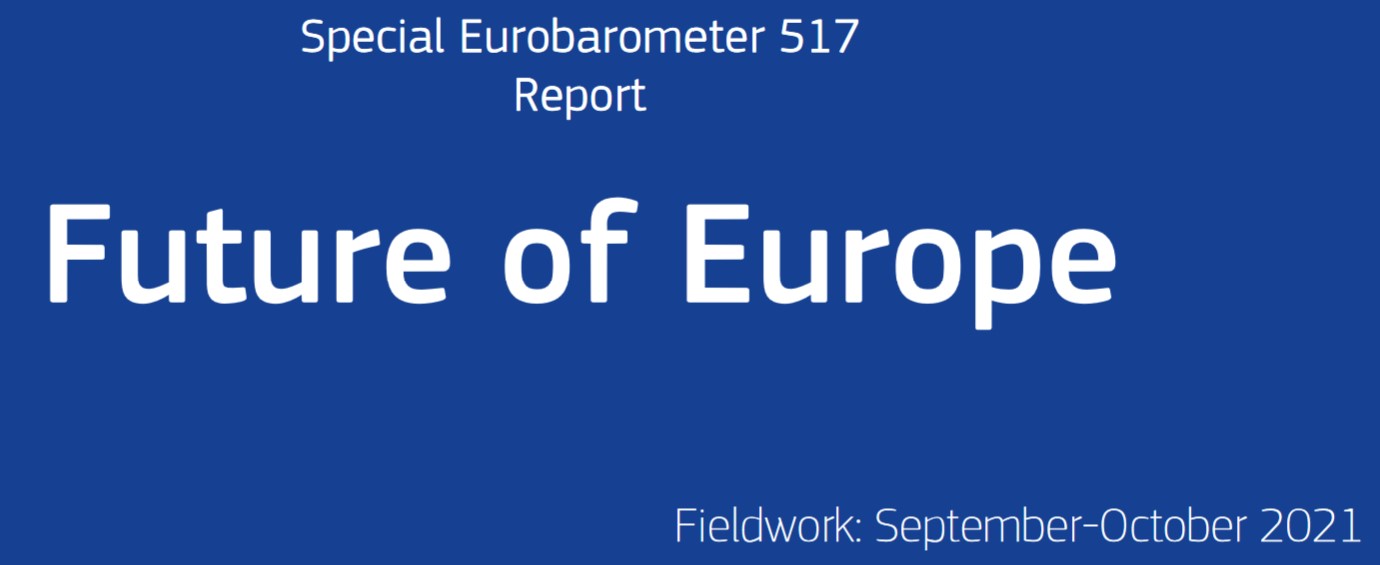 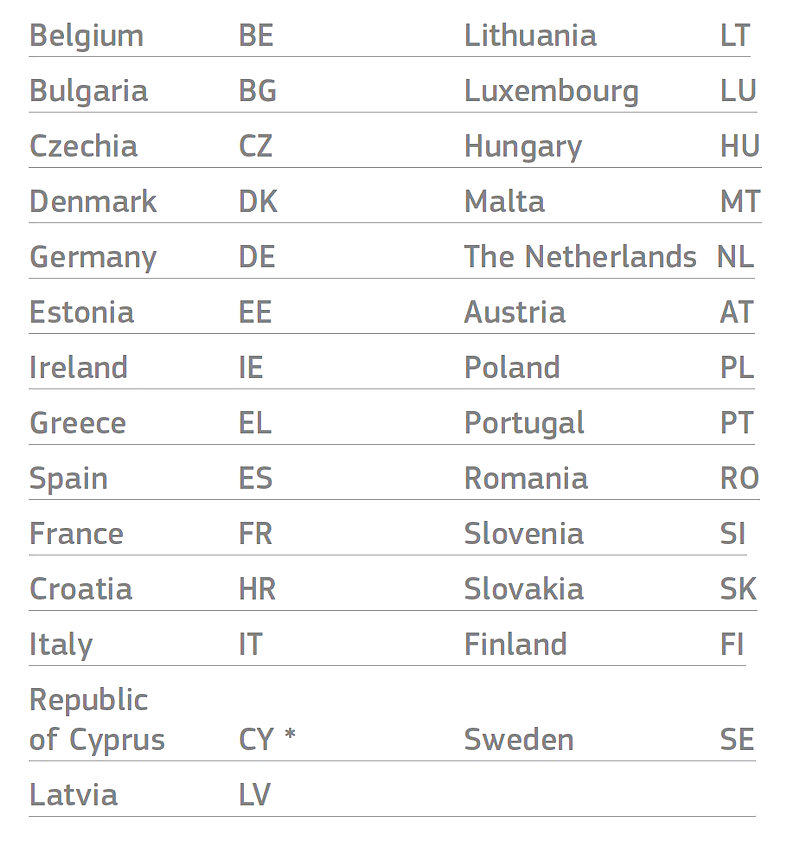 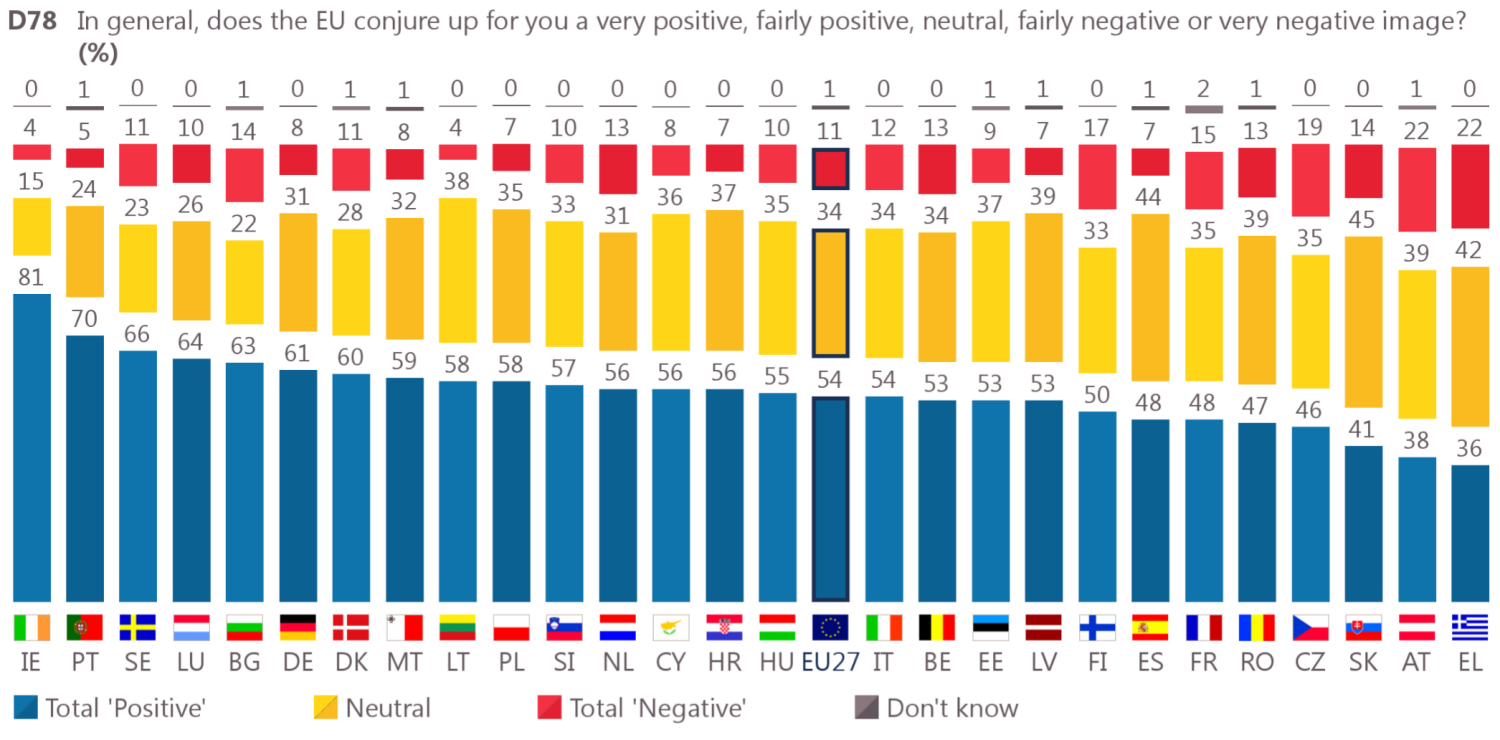 \ \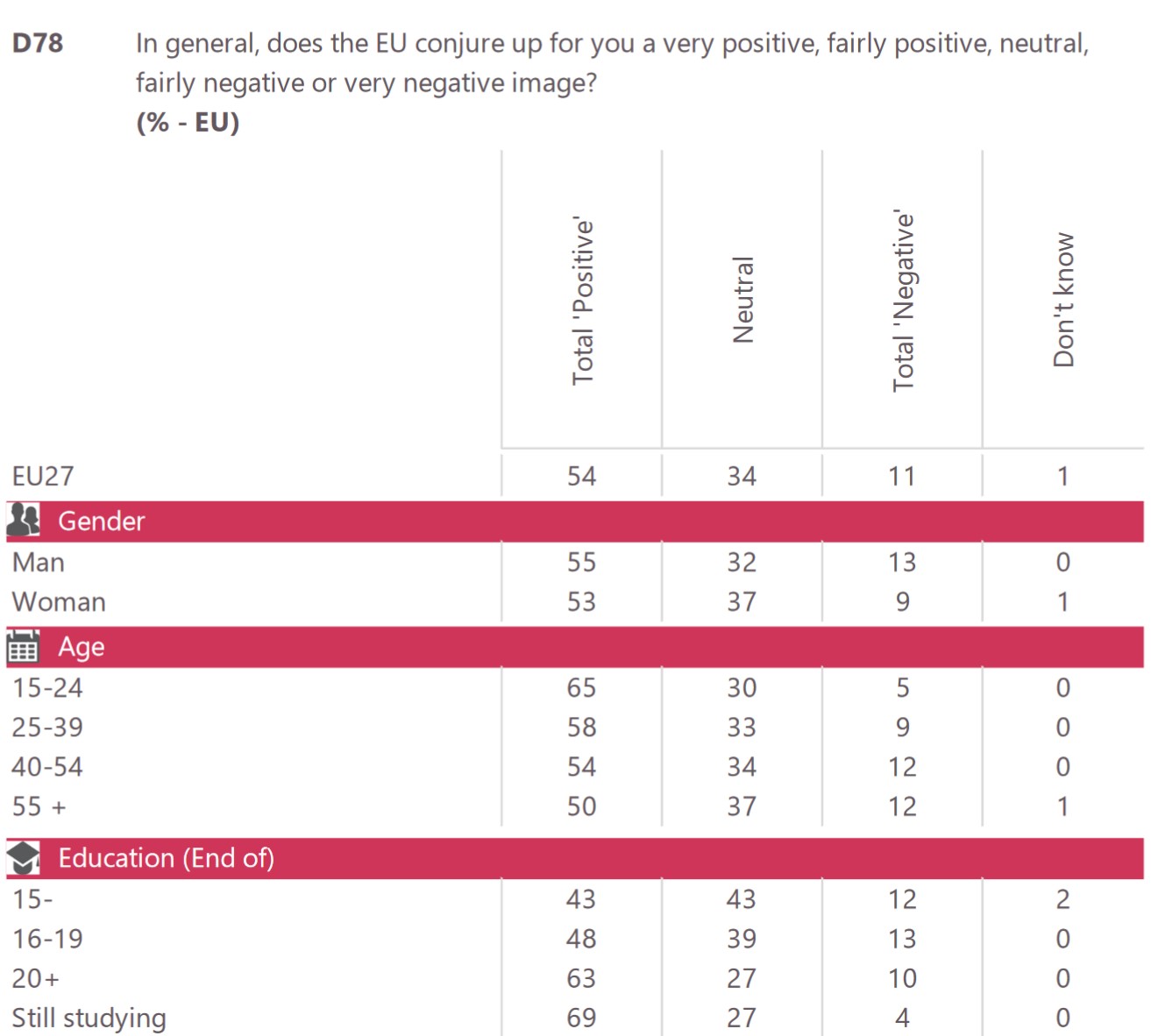 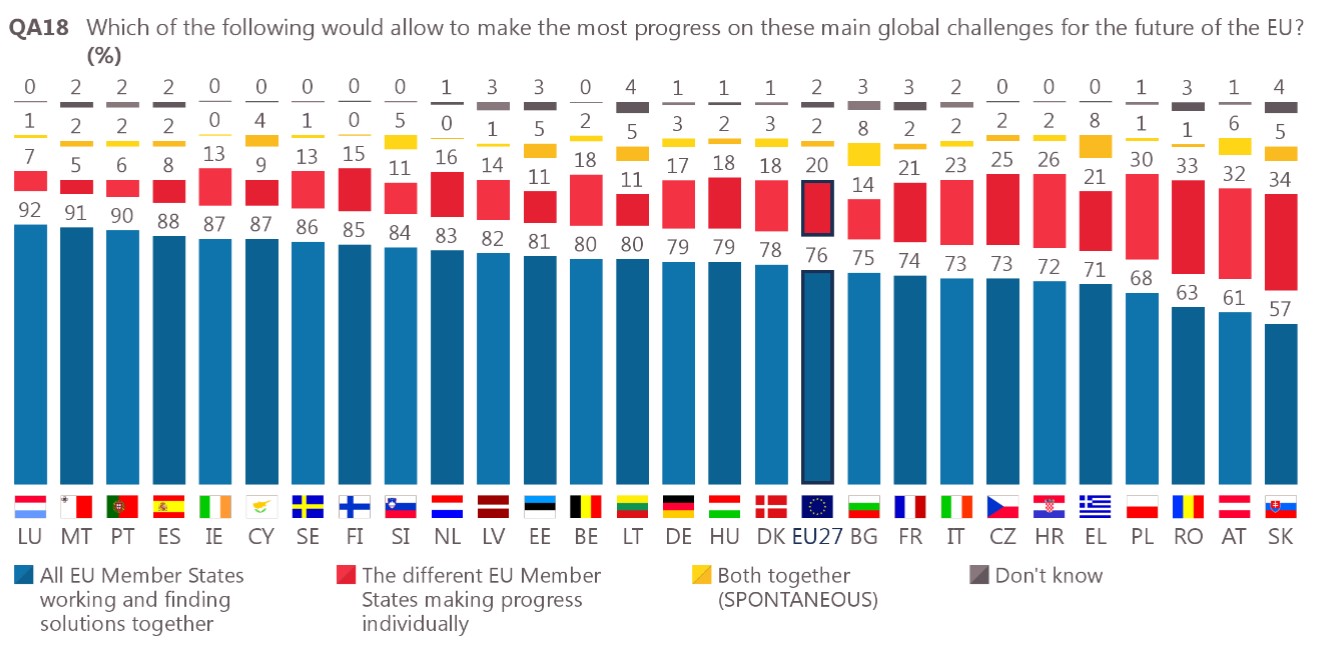 |
|||||||||||||||||||||||||||||||||||||||||||||||||||||||||||||||||||||||||||||||||||||||||||||||||||||||||||||||||||||||||||||||||||||||||||||||||||||||||||||||||||||||||||||||||||||||||||||||||||||||||||||||||||||||||||||||||||||||||||||||||||||||||||||||||||||||||||||||||||||||||||||||||||||||||||||||||||||||||||||||||||||||||||||||||||||||
